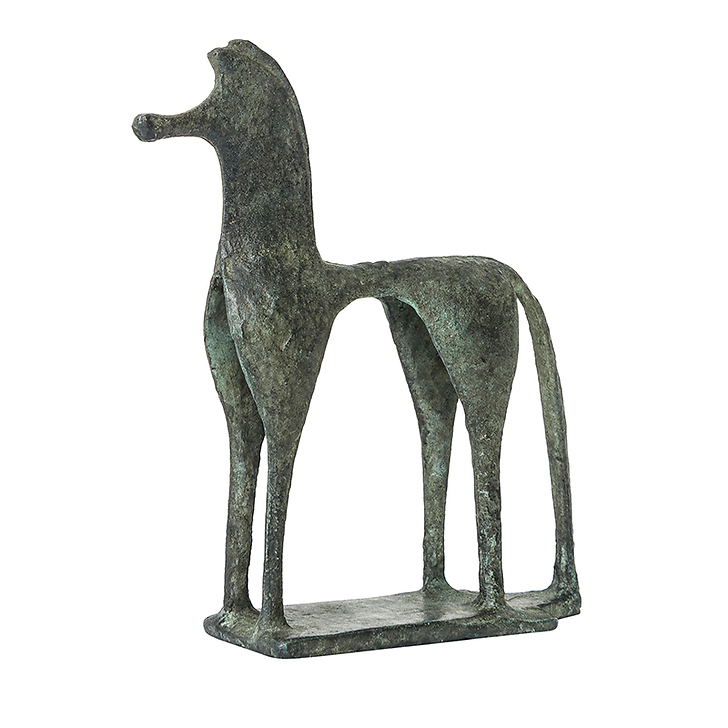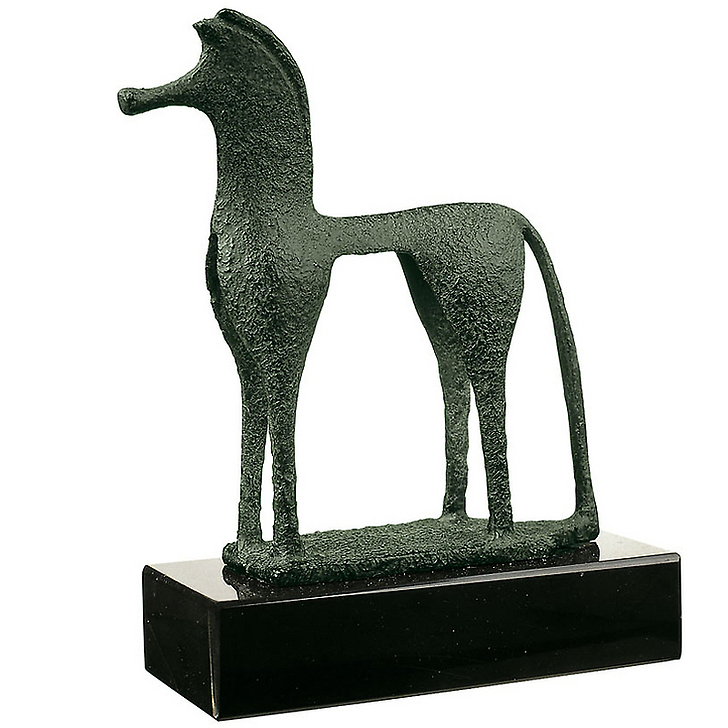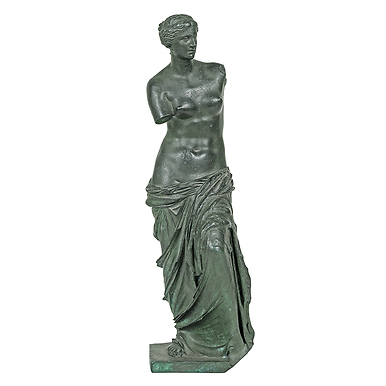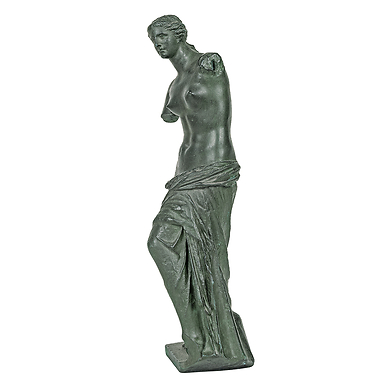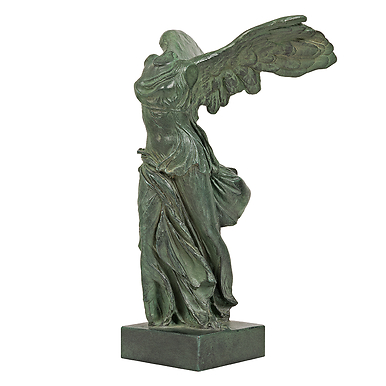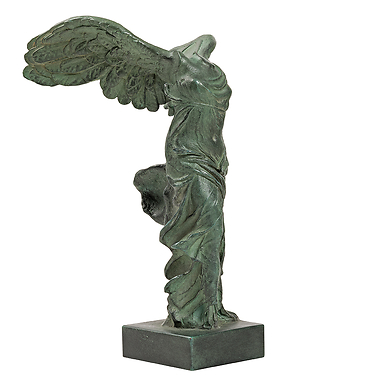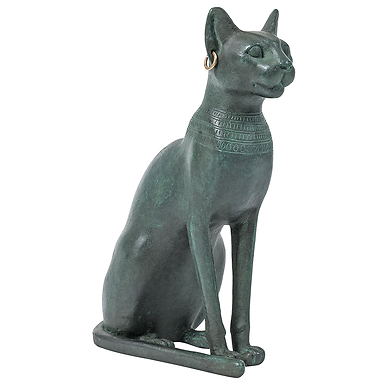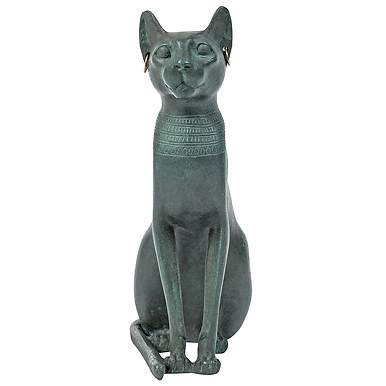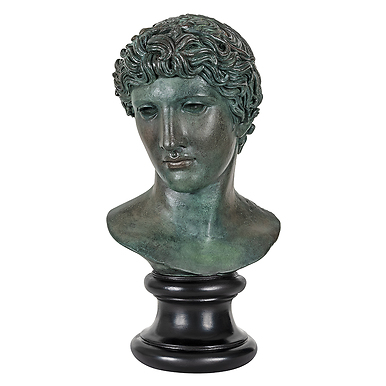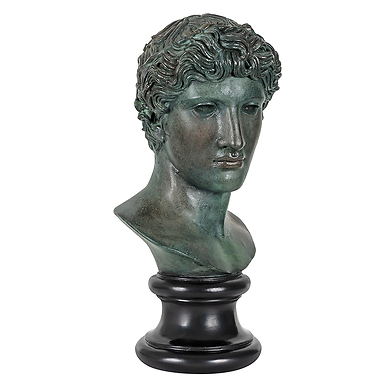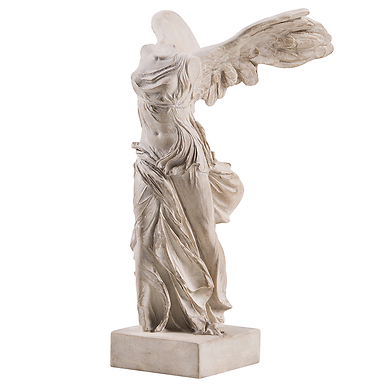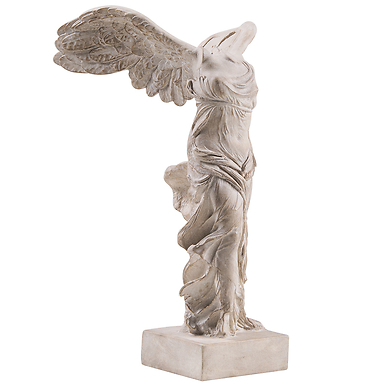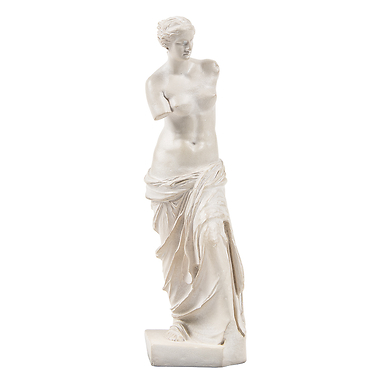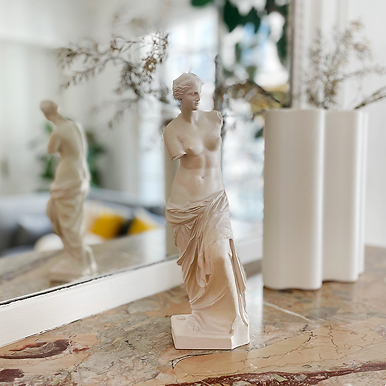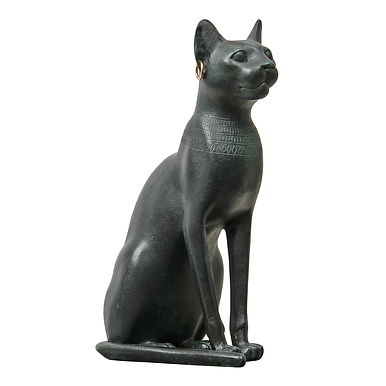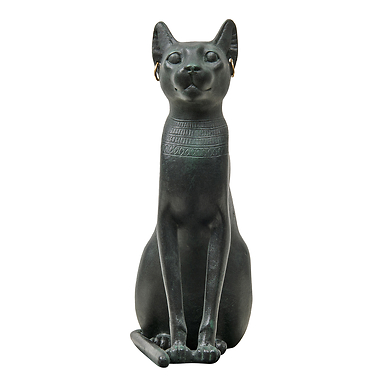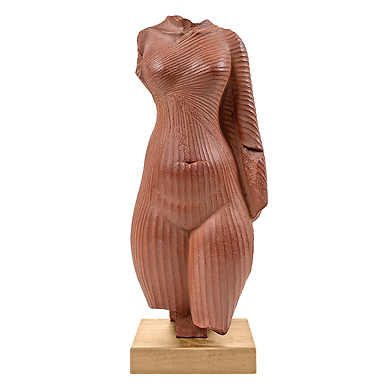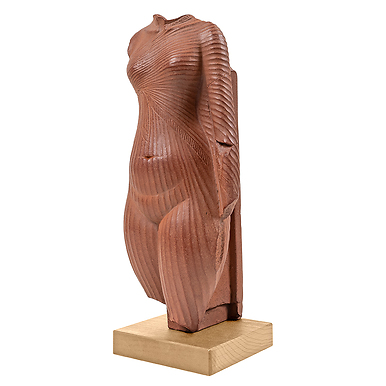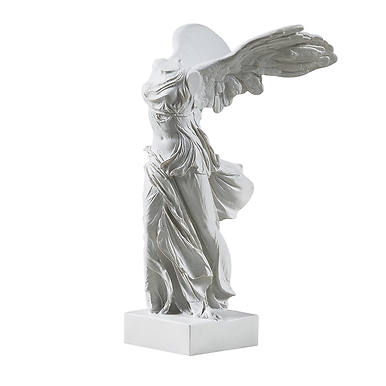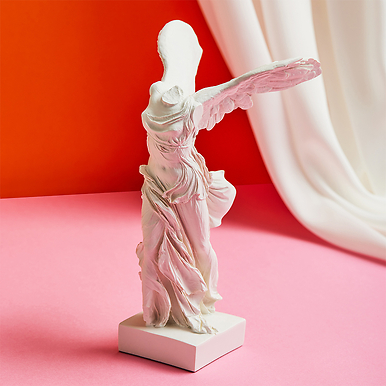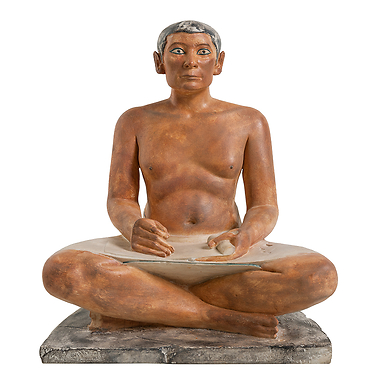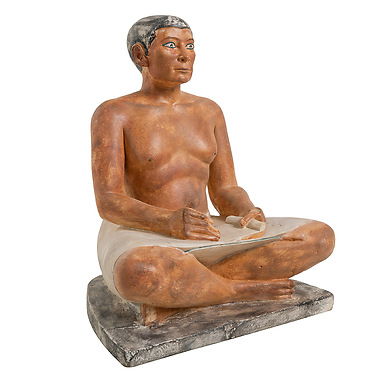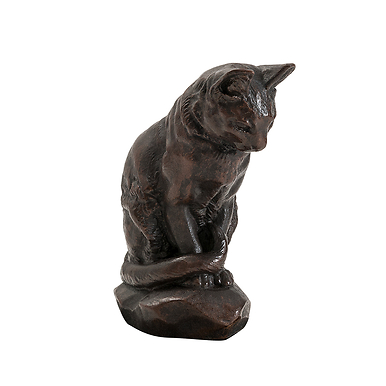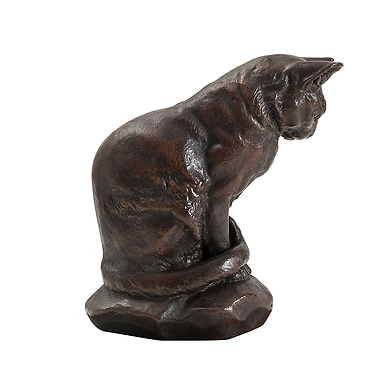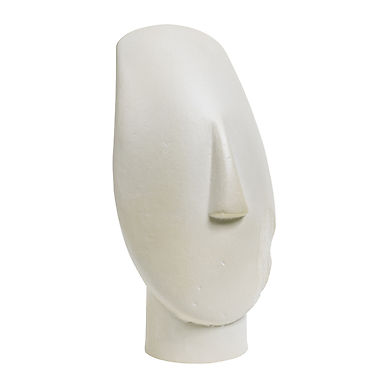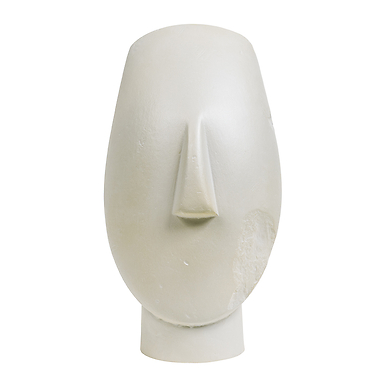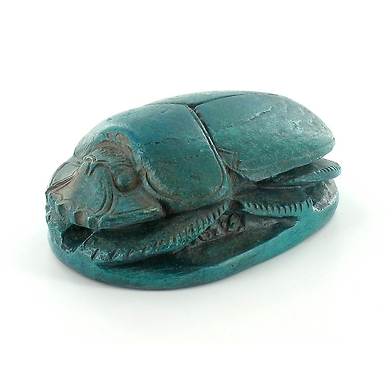Sculpture Geometric Greek Horse
RB002032
Reproduction patinated by hand. Mold made from an imprint of the original work exhibited at the Louvre.
This statuette belongs to the well-known series of geometrically styled bronze horses, which are among the subtlest creations of Greek bronze artists of the 8th century B. C.. This was the age when...
Read more
Reproduction patinated by hand. Mold made from an imprint of the original work exhibited at the Louvre.
This statuette belongs to the well-known series of geometrically styled bronze horses, which are among the subtlest creations of Greek bronze artists of the 8th century B.C.. This was the age when art forms, whether graphic or plastic, were expressed by simplifying figures borrowed from geometry. Following the example of the vase painters, who endlessly combined their variations on the themes of the meander, triangle, lozenge, etc., the bronze artists also adapted the living silhouette to the same aesthetic canons. However, although the human figure sometimes suffered from this treatment, the morphology of the horse lent itself well to this style.
The noble head, curved neck and soberly suggested volume of the legs all blend into a simple harmony which refines the real. These small statuettes were a great success during the 8th century B.C., as demonstrated by the large number of existing examples. Sometimes they are ornaments for vases, sometimes independent statuettes mounted on stands, as in this case. All the bronze workshops cultivated this genre, creating different versions which attest to the particular talents of these art centres. This fine object, with its scale, appearance, proportions, and the profile of its head and legs, evokes the work of Corinthian artists. But the gentler lines of certain plastic accents seem to indicate that it is an adaptation of the Corinthian model, perhaps made in a workshop of northern Greece.
Close
Sold by GrandPalaisRmn

